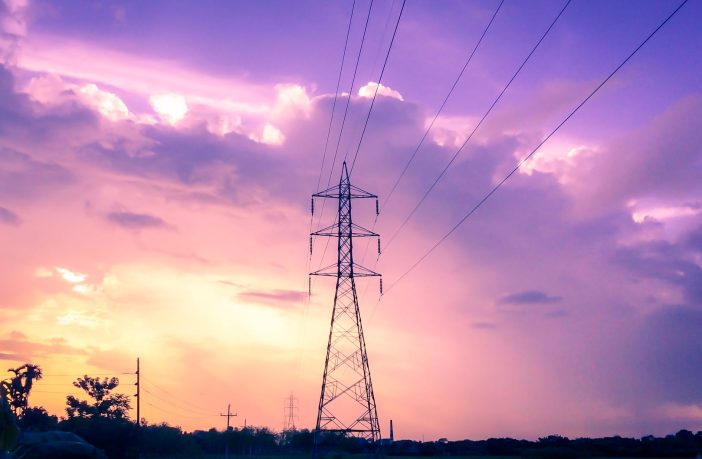- The government in Kenya aims to connect 35,000 households to electricity by December 2022.
- Kenya has dramatically increased electricity access from 2.3 million connections in 2013 to 8.2 million by the end of April 2021 thereby achieving electricity access rate of over 75%.
- Kenya also wants to be 100% relaible on renewable energy by 2030. Read more
Energy Cabinet Secretary Monica Juma said that the government aims to connect over 35,000 households to electricity and 1,200 facilities in 36 counties by the end of this year. Juma said the government was committed to achieving universal access to electricity to meet Kenya’s development goals.
The minister spoke in Bilbil town on Saturday when she officially commissioned the Bura-Bilbil-Charidende powerline. The electricity line is part of the electrification of the public facilities project, currently being implemented in Western, Nyanza, North and South Rift, Central, Eastern, and Coast regions. The projects are being implemented by the Rural Electrification and Renewable Energy Corporation (REREC).
“We are all cognisant of the fact that Kenyan households and businesses will need competitively-priced, reliable, safe and sustainable energy to deliver on the Big Four Agenda priorities and ultimately the aspirations of Kenya’s Vision 2030,” she said.
She added that in the last 10 years, the government had funded rural electrification projects to a tune of Sh120.3 billion ($1.01 billion), with the target being areas that are far away from the national grid.The government has negotiated for funding of approximately Sh20.24 billion ($170 million), the minister advised.
Upon completion, 510 projects will have been implemented through the programme. Juma said the project would greatly impact the electrification of public facilities and households across the country. “The project will open up most of the un-electrified areas within the grid extension and is therefore expected to increase the electricity connection level of the rural areas in the country,” she said.
“This is a testimony that the government is driven by the commitment to have universal access to modern forms of energy that will transform Kenya into a newly-industrialised middle-income country as articulated in Vision 2030,” Juma concluded.
REREC Chief Executive Officer Peter Mbugua said the project targets to open up most of the un-electrified areas within the grid extension, to increase the electricity-connected level of the rural areas.
“REREC’s vision is to support the government by ensuring that energy supply is available in all parts of the country and providing sustainable energy solutions for all through rural electrification and renewable energy for social-economic transformation,” he said.
He said the project envisages constructing 2,850km of medium and low voltage power line distribution network and installing about 1,200 distribution transformers.
Author: Nomvuyo Tena
Nomvuyo Tena is a Content Producer at Vuka Group and is as passionate about the energy transition in Africa as she is about music and Beyonce.
This article was originally published on ESI Africa and is republished with permission with minor editorial changes.
















